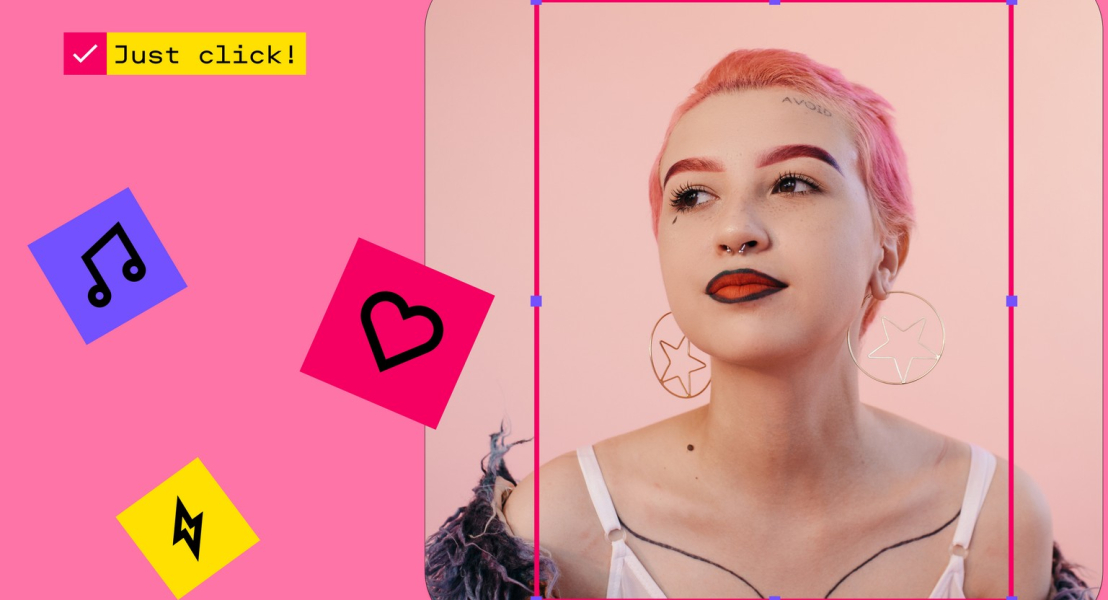We use cookies to improve the services we offer you. By continuing to browse this site, you consent to keep them in accordance with our Privacy Policy.
×We use cookies to improve the services we offer you. By continuing to browse this site, you consent to keep them in accordance with our Privacy Policy.
× 402
402
 9 min
9 min

Building a strong brand identity is crucial for standing out and connecting with your audience in today’s competitive market. The brand identity encompasses your brand’s visual and emotional aspects that shape how customers perceive and interact with your business.
Visual storytelling is a powerful method to enhance and convey your brand identity. By using compelling visuals, you can create a narrative that resonates with your audience, making your brand much more memorable and engaging.
This article will explore the key visual elements that can elevate your brand, how to integrate visual storytelling into your marketing strategy, and ways to measure its success. Through these insights, you will learn how to use visual storytelling effectively to build a cohesive and compelling brand identity.
Your brand identity is the collection of visual and emotional elements that define how do customers perceive your brand. And visual elements help shape the brand by evoking emotions and showcasing your brand’s personality and values.
Key components commonly include a logo, color scheme, typography, imagery, profile picture, and overall design style. These elements work together to create a cohesive and recognizable brand image.
For example, Apple’s sleek logo, minimalist design, and consistent use of white space contribute to its identity as a modern, innovative, and high-quality brand. This visual consistency helps Apple stand out and be easily recognized in the market.

Visual storytelling is the art of conveying a narrative through visual media such as images, videos, and infographics. It’s an essential tool in marketing, as it captures attention and communicates messages quickly and effectively. The importance of visual storytelling lies in its ability to evoke emotions and create memorable experiences, making it easier for audiences to connect with and recall a brand.
Psychologically, visuals have a significant impact on audience engagement. According to MedTech Intelligence, the human brain processes images 60,000 times faster than text and retains 80% of what it sees compared to only 20% of what it reads. This rapid processing and higher retention rate make visuals a powerful tool for enhancing brand messages and fostering emotional connections.
For instance, a study by the Content Marketing Institute found that Facebook posts with images get 2.3 times more engagement than those without images. Another example is the ‘Share a Coke’ campaign by Coca-Cola, which used personalized bottles with names. This visual storytelling approach led to a 2% increase in U.S. sales and created a strong emotional bond with consumers.
These statistics and case studies highlight the effectiveness of visual storytelling in capturing attention, driving engagement, and building a strong brand identity.
These elements form the foundation of your brand narrative.
This one aspect is crucial for creating a cohesive and memorable brand experience. Ensure that everything from logos, colors, and typography reflect your brand tone and main message. Consistency is key; use the same visual style across all your marketing channels to reinforce your brand’s identity. Brand identity creators like Zoviz help brands achieve this consistency by generating complete brand kits tailored to their story, ensuring alignment across websites, social media, and marketing campaigns.
Incorporate visual storytelling techniques to enhance your brand story. For instance, using event photography can significantly boost your brand by capturing authentic moments and experiences that resonate with your audience. High-quality event photos can show your brand in action, highlight customer engagement, and enhance the emotional impact of your events, making your brand more relatable and trustworthy.
One notable example of successful visual storytelling is Airbnb. Its brand story focuses on the idea of belonging and creating memorable travel experiences. Through visuals, they showcase diverse hosts and guests, unique accommodations, and genuine travel experiences. Their consistent use of high-quality images and videos across all platforms strengthens their brand message and creates a strong emotional connection with their audience.
By following these steps and aligning your brand story with your visual identity, you can create a compelling narrative that resonates with your audience and strengthens your brand’s presence in the market.
Images, videos, and infographics play a critical role in enhancing your brand story. Each element serves a unique purpose and can be strategically used to engage your audience and convey your brand’s message.

Integrating visual storytelling into your marketing campaigns involves strategically using visuals to enhance your brand message.
Start by identifying the core message of your campaign and determine which visual elements will best broadcast this message. Use a mix of images, videos, infographics, and other media to create a cohesive narrative. Incorporate these visuals across all marketing channels, including social media, email campaigns, and your website, to create a unified story that engages your audience.
Ensure that all visual content adheres to your brand guidelines, including color schemes, fonts, and imagery styles. Use a central repository for visual assets and make sure all team members have access to the same resources.
Regularly review and update your visuals to keep them aligned with your brand’s evolving message and style. Analyze visual content marketing statistics to get more insights into what types of visuals are most effective in capturing and retaining audience attention. Experiment with different formats and techniques to determine what resonates best with your target audience.
Professional-quality requires both a lot of effort and the right tools at your disposal. Various platforms can help you achieve the best results possible, ensuring your content stands out and engages your audience.
Graphic design software
Video editing software
Motion graphics and animation software
Image editing software
Typography and Font Tools:
Stock Footage and Images:
Reference Materials:
Collaboration Tools:
These tools can help elevate the quality of your visuals, but having the right tools is only half the battle. Developing your skills in visual storytelling, design principles, and communication will help you create effective visuals that engage your audience.
Building a strong brand identity is essential in today’s competitive market, and visual storytelling is a powerful strategy to achieve this. By understanding the key to perfect brand identity and effectively using visual elements like images, videos, and infographics, you can craft a compelling brand story.
Start implementing these strategies to enhance your brand identity, making your brand more memorable and engaging for your audience. Embrace visual storytelling to elevate your brand and stand out in the marketplace.